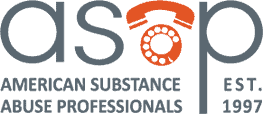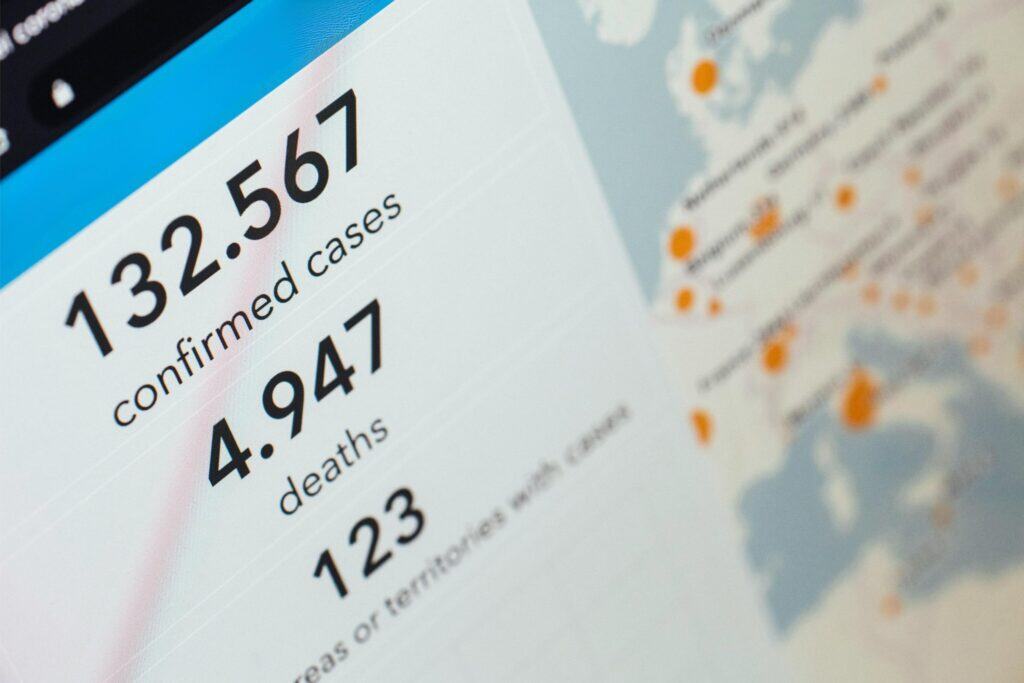How New Federal Drug Testing Regulations Are Responding to the Fentanyl Crisis in 2025
By: ASAP
Disclaimer: This information is provided for educational purposes only. Reader retains full responsibility for the use of the information contained herein.
The fentanyl epidemic continues to devastate communities across the United States, with overdose deaths rising at an alarming rate since 1999. As such, federal regulations are being updated to address this growing public health threat, particularly in relation to workplace drug testing protocols. But how do these regulatory shifts impact drug testing practices, and what do they mean for individuals and employers alike?
The Scope of the Fentanyl Epidemic
Fentanyl is an extremely potent synthetic opioid, approximately 50 to 100 times stronger than morphine. This drug, often illicitly manufactured, has been a driving factor behind the rapid rise in overdose deaths in the United States. According to the Centers for Disease Control and Prevention (CDC), fentanyl was involved in nearly 70% of all opioid-involved overdose deaths in recent years. Its widespread distribution and high potency have made it particularly dangerous, with many individuals unknowingly consuming fentanyl through contaminated street drugs. According to the “One Pill Can Kill” campaign, the Drug Enforcement Administration (DEA) seized over 60 million fentanyl-laced fake pills in 2024 – that’s over 60 million potential unknown ingestions of fentanyl. Recent regulatory updates have focused on updating testing methodologies to ensure fentanyl and its analogues are accurately detected in efforts to combat the epidemic.
Understanding the Federal Changes Issued by SAMSHA
Federal regulations have begun to recognize the urgency in detecting fentanyl and fentanyl analogs in workplace drug tests. Traditional testing may not have been sensitive enough to detect lower concentrations of fentanyl, but testing laboratories now use more advanced methods to detect fentanyl and other synthetic opioids. Due to the rise in fentanyl-related fatalities, on January 16, 2025, the “Mandatory Guidelines for Federal Workplace Drug Testing Programs – Authorized Testing Panels”, were updated by the Substance Abuse and Mental Health Services Administration’s (SAMHSA’s) to include fentanyl as part of drug testing panels. This change will go into effect on July 7, 2025. Currently this update to fentanyl drug testing regulations in 2025 is limited to SAMHSA, and affects only federal employees, although the crisis is felt nationwide by all employers.
Impact on Employers
For employers that are governed under the Department of Transportation (DOT) including the Federal Motor Carrier Safety Administration (FMCSA), Federal Aviation Administration (FAA), Federal Transit Administration (FTA), Federal Railroad Administration (FRA), Pipeline and Hazardous Materials Safety Administration (PHMSA), and the United States Coast Guard (USCG), guidance pertaining to fentanyl testing has not yet been provided. If the DOT chooses to add fentanyl to the DOT 5 panel test, typically a Notice of Proposed Rulemaking (NPRM) will be issued, including a public comment period. DOT will then review those comments and determine final rulemaking. However, at this point in time, DOT has not indicated their formal positioning on adding fentanyl to their required test panel, and individuals in DOT positions cannot be tested for fentanyl.
For non-federally regulated industries and employers, including non-DOT positions, test panels can generally include additional opioids like fentanyl. Employers should refer directly to drug testing laws in the state(s) where they operate to address what practices and procedures are permitted for non-DOT and non-federally regulated positions. Many states include guidance or restrictions on what drug(s) or metabolites may be tested for as part of a workplace testing program. Employers concerned about deterring employes from using fentanyl or potentially fentanyl-laced drugs should reach out to their testing provider to learn more about adding fentanyl to an existing non-DOT/non-federal test program. However, SAMHSA’s regulatory updates do not necessitate any updates for non-federally regulated employers in regard to fentanyl testing.
Heightened Awareness of Illicit Drug Exposure
Fentanyl’s deadly potency means that even incidental exposure can be a cause for concern. In response to these threats, some federal bodies now emphasize the importance of safeguarding against accidental exposure (see the additional reading section at the end of this article to learn more). This updated information encourages employers to provide additional training on how to avoid fentanyl exposure and how to handle situations involving potentially contaminated substances, including using appropriate personal protective equipment (PPE).
The Need for Better Education and Prevention
Drug testing is only one part of the puzzle; education and prevention are just as important in curbing the epidemic. Given the widespread contamination of drugs with fentanyl, employees may find themselves testing positive without having ever knowingly consumed the drug. Many employers who are not mandated by the DOT or other federal regulations, are choosing to educate supervisors on detecting the signs and symptoms of drug use and abuse in the workplace, in addition to offering employee education courses on the dangers of substance abuse. DOT requires supervisor training and employee awareness education.
In addition to formally educating supervisors and employees alike, employers can offer free resources such as the National Safety Council’s (NSC) “Respond Ready Workplace: Naloxone for Opioid Overdose.” Such resources offer practical steps an individual can take when faced with an overdose, as well as provide general information about drug use.
Conclusion
The fentanyl epidemic continues to claim countless lives, and as the crisis continues, federal drug testing regulations are evolving. The inclusion of fentanyl in federal drug testing panels reflects the gravity of this issue and the need for accurate, comprehensive testing methods. Now that SAMSHA has set the stage by adding fentanyl to the drug testing panel for federal employees, we will see how this response will impact other workplaces. The crisis is here, and all employers are having to deal with this very real reality.
American Substance Abuse Professionals (ASAP) can guide you in the right direction. While our main area of expertise includes our nationwide network of DOT-qualified SAPs, we can help answer questions on many workplace drug and alcohol testing related education and prevention concerns. Offering training courses for supervisors and employee substance use awareness education and prevention. Contact us to learn more.
Copyright © 2010-2025 ASAP – No portion of this article may be reproduced, retransmitted, posted on a website, or used in any manner without the written consent of the ASAP. When permission is granted to reproduce this article in any way, full attribution to the author and copyright holder is required.
Additional Reading:
The National Institute for Occupational Safety and Health (NIOSH) – Fentanyl: Personnel in Hospital and Clinical Settings
The Drug Enforcement Agency (DEA) – One Pill Can Kill
The National Safety Council (NSC) – Respond Ready Workplace: Naloxone for Opioid Overdose
Overdose death rate is down 24% https://www.cdc.gov/media/releases/2025/2025-cdc-reports-decline-in-us-drug-overdose-deaths.html
Baltimore County sees decline in overdose deaths; Officials credit coordinated prevention efforts https://www.wbaltv.com/article/baltimore-county-decline-overdose-deaths/64504963





